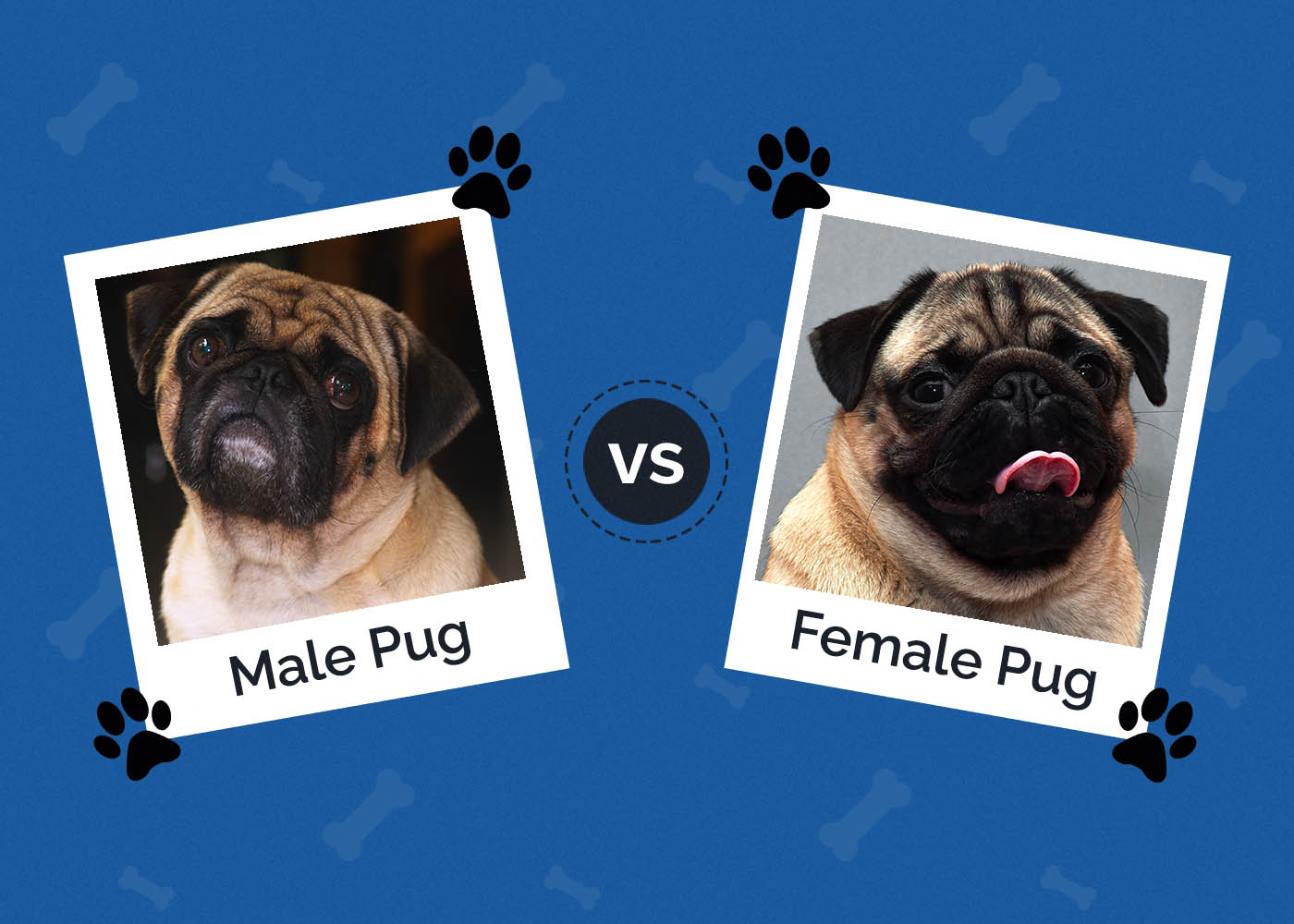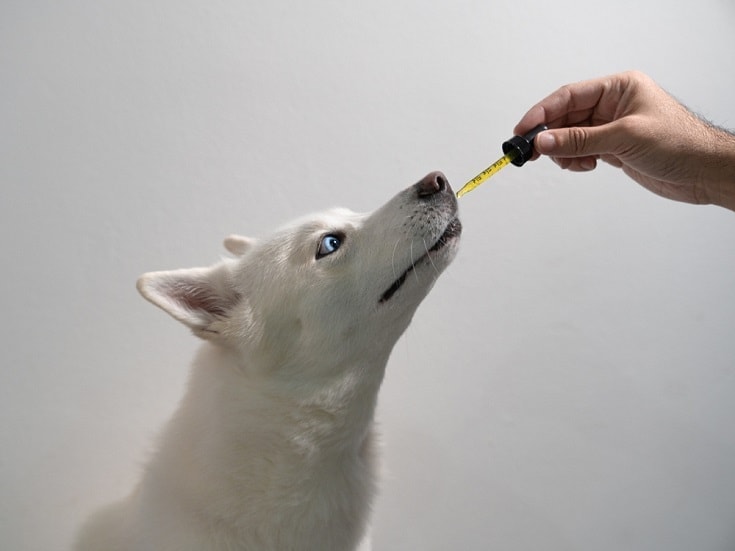Does Vacuuming Kill Fleas? Vet Approved Explanation
Updated on
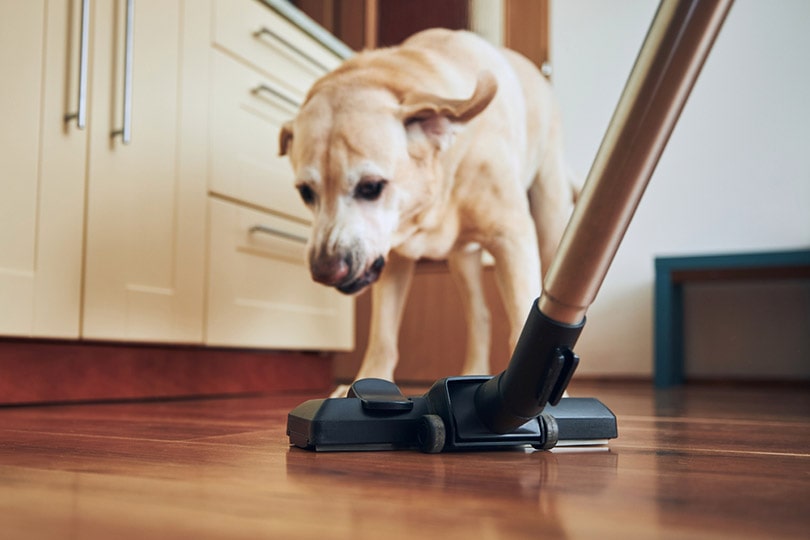
If your dog is scratching itself more than usual, there’s a chance it could have fleas. Unfortunately, fleas can become quite an issue if they go long enough undetected, as they can breed within 24 hours and lay up to 50 eggs a day. So, the sooner you can deal with your pup’s flea issues, the better.
Getting rid of fleas requires more than a trip to your vet, as the fleas and their eggs could embed themselves in your carpets or furniture. One of the best ways to address the flea problem is to pull out your vacuum. This trusty home appliance can effectively kill the fleas living in your home. Read on to learn more.
Does Vacuuming Kill Fleas?
Daily vacuuming can trap and eliminate fleas at all stages of life. Studies suggest that 100% of flea larvae and pupae are killed when they are vacuumed up. Adult fleas can be tougher to kill, but vacuuming should still eliminate about 96% of them. Fortunately, those that survive often incur some physical trauma and still won’t survive.
Unfortunately, vacuuming alone isn’t the answer to your flea problem. You’ll need to treat your pets for fleas to eliminate the pests currently using your dog as a host. Your pet must be treated first; otherwise, it will continue bringing fleas into your home, depositing them on your furniture and carpets.
How Should I Vacuum to Get Rid of Fleas?
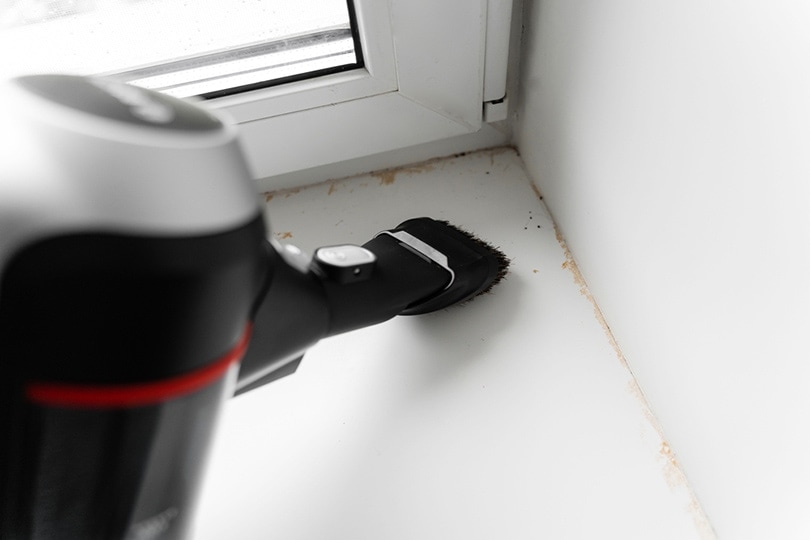
Before you flick the ‘on’ switch on your vacuum, ensure you can access every nook and cranny of your carpeted rooms.
Vacuum each room thoroughly, ensuring you’re getting every inch. Use the corner attachment on your vacuum to address the room’s corners, edges, and cracks.
We recommend using a vacuum brush for the furniture, especially in areas where your dog likes to nap or places that have accumulated a lot of pet hair.
Don’t ignore the non-carpeted rooms of your home, either. While it’s much easier for fleas in every life stage to live in carpets and on upholstery, you should thoroughly vacuum everywhere to ensure you’re getting all the bugs.
Is a Special Vacuum Recommended?
While pest control companies have access to a myriad of specialized equipment designed to control pests like fleas, homeowners don’t need to have the same.
You don’t need a commercial-quality vacuum to trap and kill the fleas in your home. Your home vacuum will do the job effectively, provided it has a spinning brush.
Will Fleas Stay Alive In the Vacuum?
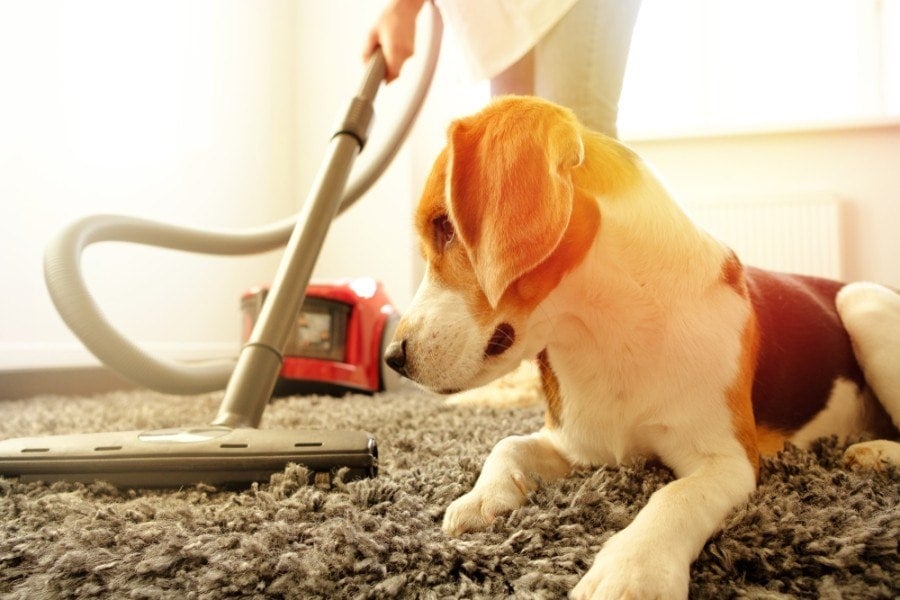
Your vacuum’s brushes, fans, and air currents kill the fleas. The brushes are abrasive and can wear away the flea’s waxy outer layer that they use to hold in water and stay hydrated. Without this protective layer, adults, larvae, and pupae can dry up and die.
It is highly unlikely that the fleas will survive this physical trauma and continue living in your vacuum. Therefore, sanitizing your vacuum bag or the bagless canister is unnecessary. However, we recommend emptying the bag into a plastic bag, sealing it, and tossing it into your outside garbage bin as soon as you’re done vacuuming.
Why Are Fleas So Difficult to Control?
To fully understand why it’s so difficult to get a handle on fleas, it’s important to know about the pests’ life cycle.
Fleas go through four development stages. Adult fleas will live exclusively on their host (your dog) by feeding on blood. The host will deposit eggs onto your dog and will subsequently fall off into your home and yard. The eggs will hatch between one and ten days later. These larvae need moisture and warmth to thrive but can crawl around in crevices of your home, such as the base of your carpets.
Once the larvae have finished developing, they’ll make a cocoon to begin the pupal stage. Between one to four weeks later, the pupa will have matured into an adult and emerge from its cocoon. However, the pupal stage can lie dormant for up to six months, so you can see why it’s necessary to do more than treat your dog once it has contracted fleas.
Once it has come out of the cocoon, it can feed within seconds of landing on a host. When it bites your dog, it injects saliva into the wound, softening the skin and helping it penetrate the skin easier to access your pup’s blood better. Once the adult flea has begun feeding, it will spend its entire life on the host unless it is removed.
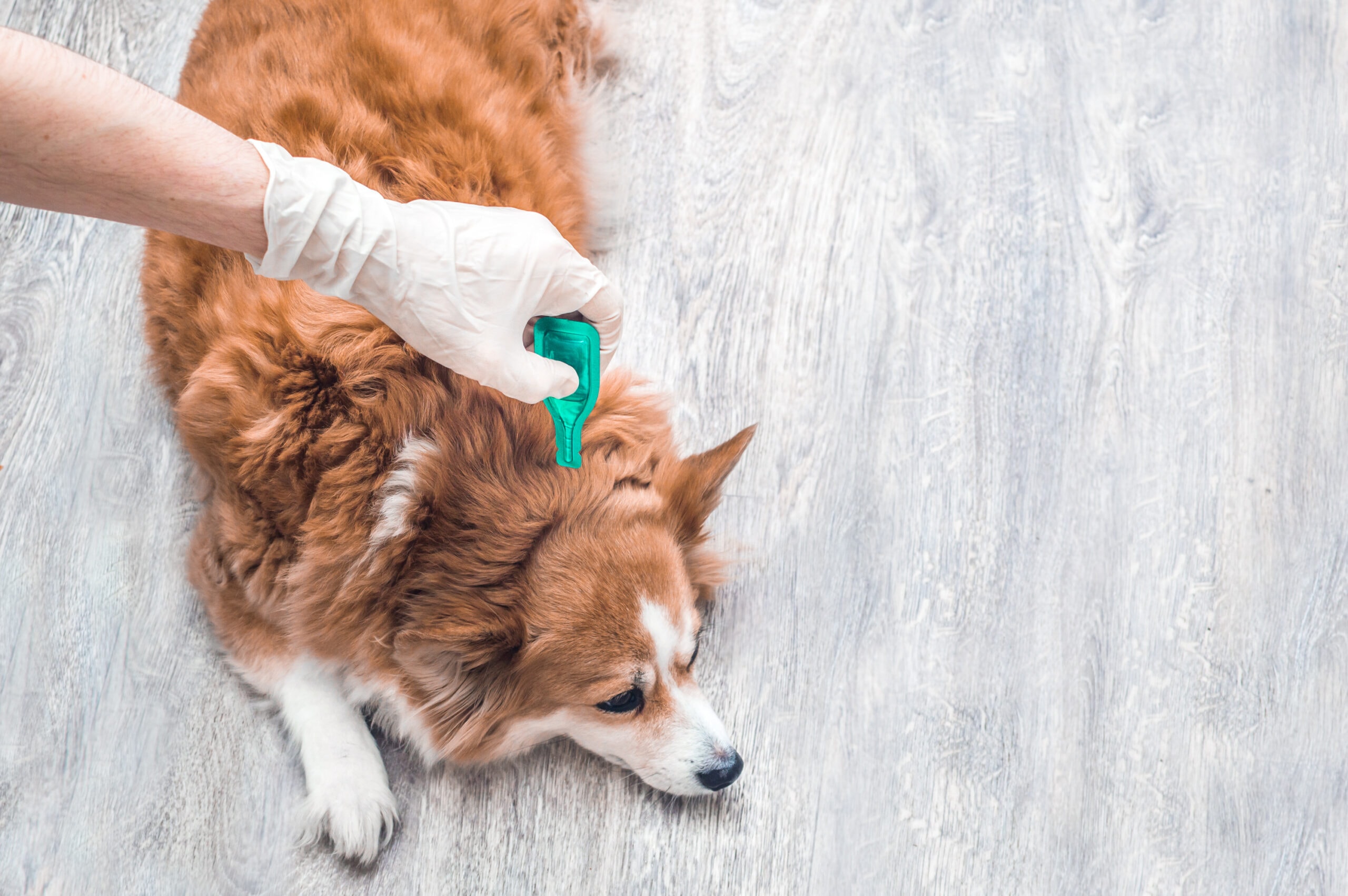
Related Read:
Final Thoughts
Fleas can be a nightmare, but knowing how to remove them from your dog and home effectively is half the battle. Start by treating your dog for fleas, and then you can begin vacuuming to remove the pests in your home. Unfortunately, you’ll need to vacuum daily while you actively have fleas to keep them under control, but it’s a small price to pay not to have to worry about them infesting your dog again.
Featured Image Credit: Jaromir Chalabala, Shutterstock



